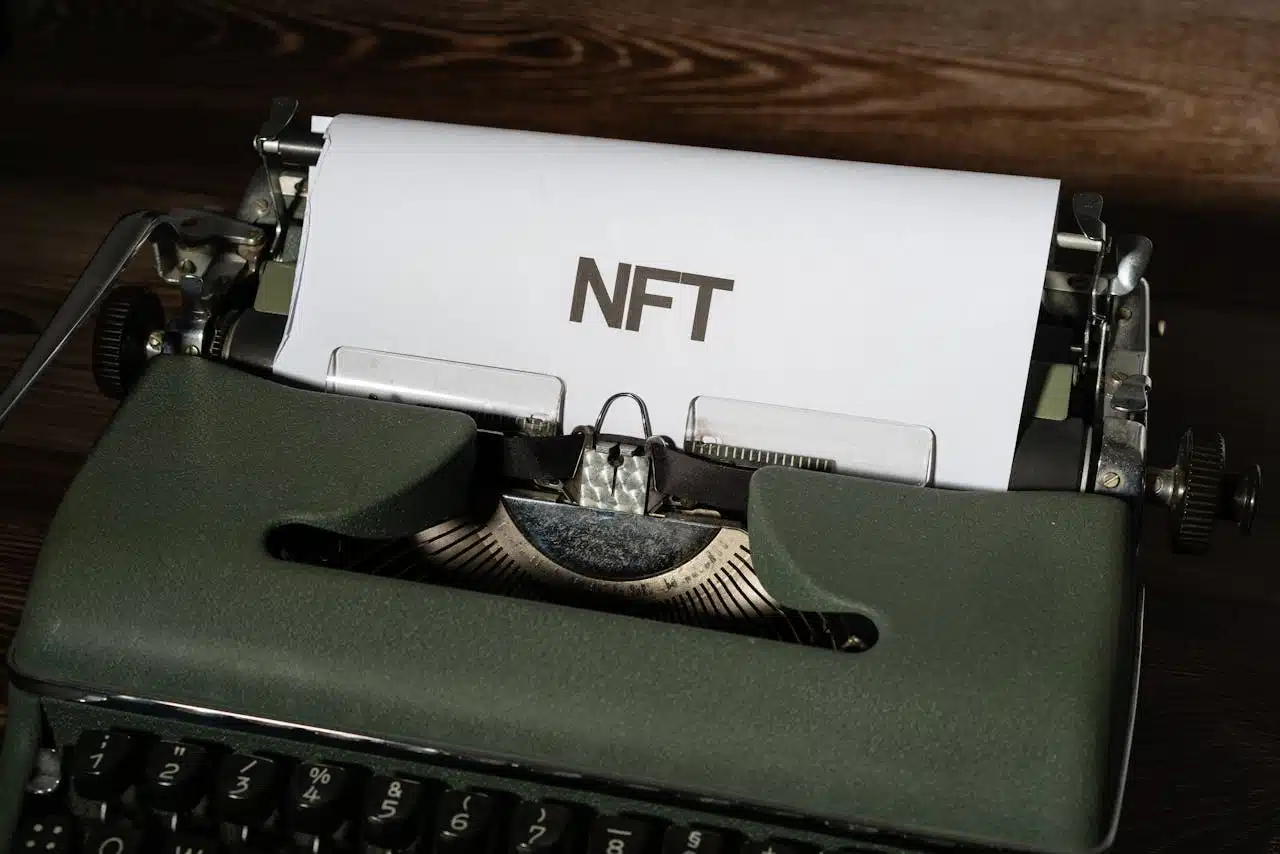The widely respected Collins Dictionary recently announced their 2021 word of the year. In fact their ‘word’ of the year isn’t really a word at all, but an abbreviation: NFT. The abbreviation stands for non-fungible token. So what are these rather strange sounding tokens?
To understand what NFTs (also sometimes known as niftys) are it helps to know the meaning of the word fungible. If something is fungible it is easily replaced or interchangeable with something of the same type and one part or unit of it is indistinguishable from another part. It is a term often used in economics and so a currency such as the pound sterling is a good example. One pound is the same as every other pound and if you are paying for something it doesn’t matter which of the coins or notes in your pocket you use to do it. It follows therefore that something non-fungible has the opposite qualities. It has to be one of a kind, to be unique and non-exchangeable.
Understanding the significance of NFTs for artists is crucial in today’s digital landscape. To delve deeper into the topic of NFTs vs traditional art, and to gain insights into the differences between these two realms.
Non-fungible tokens are digital tokens that use the rapidly growing blockchain technology. Each one of them is totally unique and cannot be copied or interchanged with another. Holding one of them acts as an immutable record of ownership.
Why then was NFT the word on so many lips in 2021? Probably because of the eye-watering sums that some of them have recently been sold for. In March 2021 a piece of digital art called The First 5000 Days by Mike Winkelmann (also known as Beeple) was sold by Christies for a staggering 69 million dollars! Not only the most expensive piece of digital art ever, but one of the most expensive pieces of any kind of art ever!
Featuring 2nd, 3rd and 10th in the list of top prices for NFTs are figures from the CryptoPunk series; collectable 8-bit images of humanoid type characters each with its own special traits, known as Punks. CryptoPunk #3100, currently the second most expensive NFT, sold for 7.58 million dollars. Other notable NFTs include the source code for the World Wide Web sold for charity by its creator Sir Tim Berners Lee for 5.4 million dollars and The First Tweet sold by Twitter founder Jack Dorsey for 2.9 million dollars. Popular graffiti street artist Banksy has recently got in on the act too, auctioning the NFT of his 2006 piece of work ‘Warning Sign‘. The eclectic nature of this list emphasises the characteristics of NFTs – they are unique and therefore highly collectible.
Although the most common use of NFTs so far has been for tokenizing digital artwork their utilisation is growing in other areas. One of these is music. Earlier this year the Kings of Leon became the first band to release one of their albums, When You See Yourself, as an NFT. This was divided into fractions and owners of any of these fractions were entitled to front row seats at their concerts and limited-edition vinyl records. Proponents of NFTs for the music industry argue that they will help artists retain a greater share of the revenue from their work and remove middlemen.
As with so much in the digital world opinion on NFTs is divided. Their detractors claim that they are a speculative bubble that will inevitably burst and that the idea of ‘owning’ a digital image when anybody else can copy it by right-clicking or screenshotting is a spurious one. Supporters of NFTs point to their growing use, the booming marketplace, and argue that owning an original confers real value. After all the Mona Lisa is considered priceless in spite of the fact that there are thousands of copies. Time will tell, but any artist looking to get an immediate edge should keep a close eye on developments in the world of NFTs.

